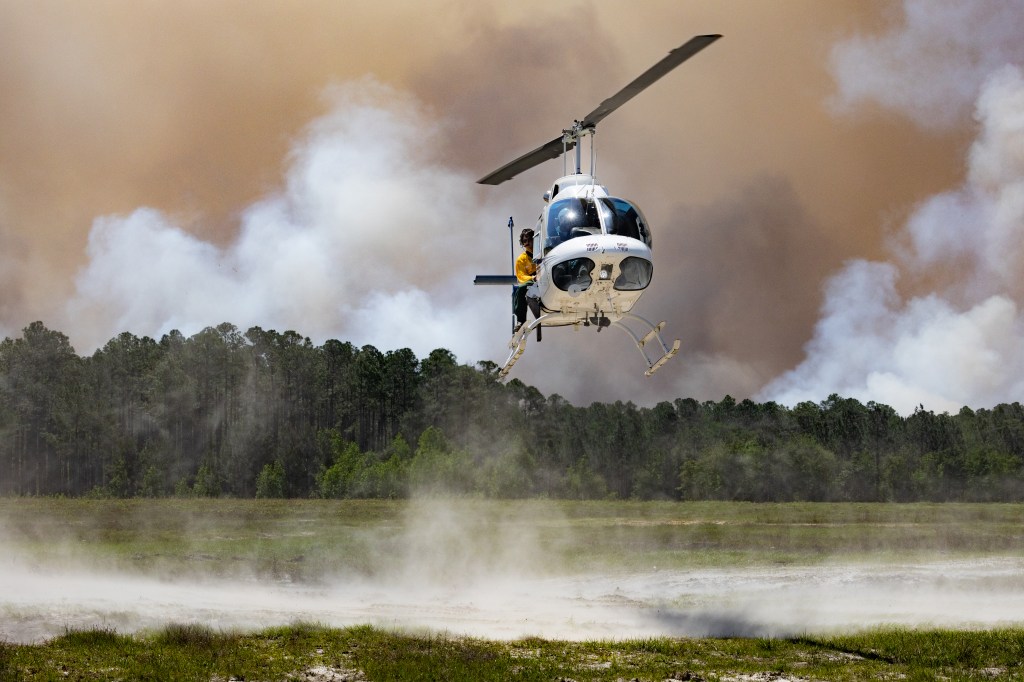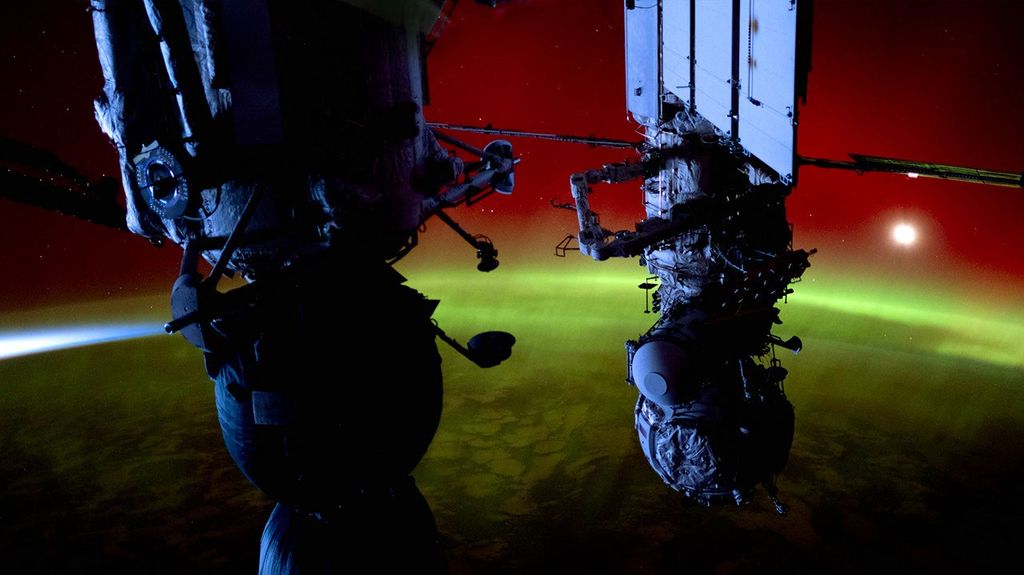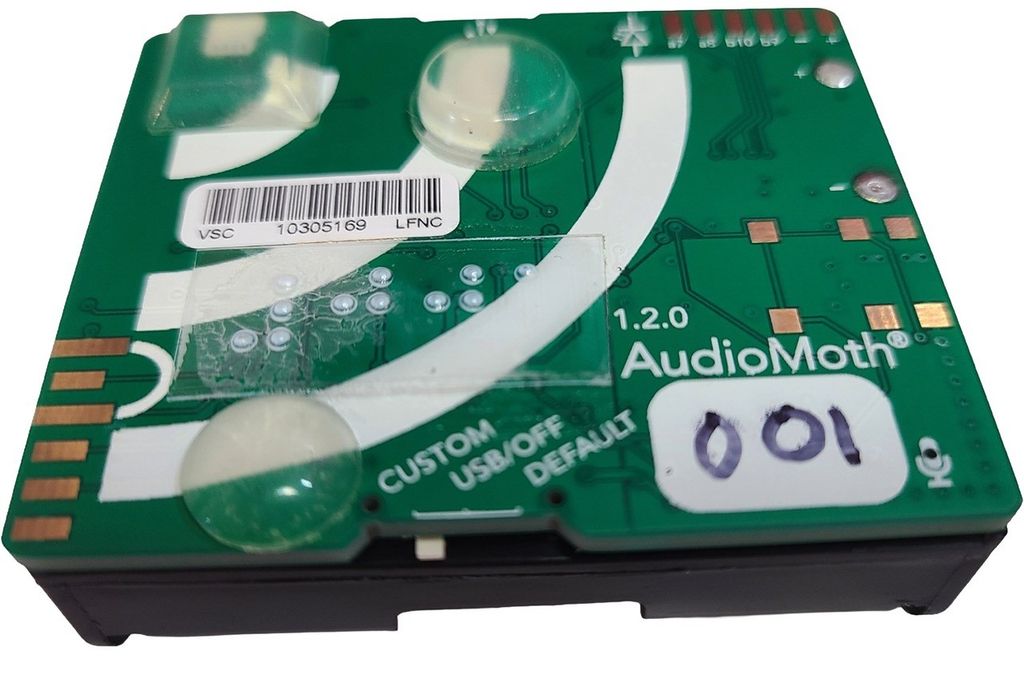NASA STEM Opportunities and Activities For Students
Multiple challenges and opportunities reaching a broad audience of middle and high schools, colleges, and universities across the nation.
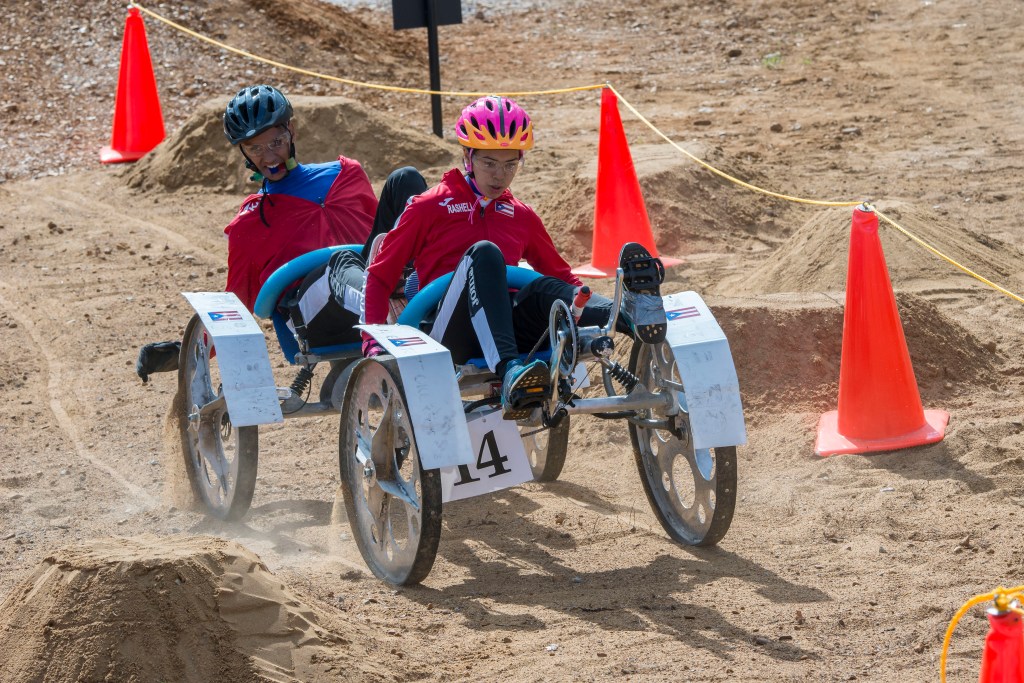
NASA Human Exploration Rover Challenge
HERC is a rigorous and continuously evolving activity which engages students in hands-on engineering design correlated to NASA’s Artemis missions. HERC is opened to U.S. and International student teams at the middle school, high school, and college/university level.
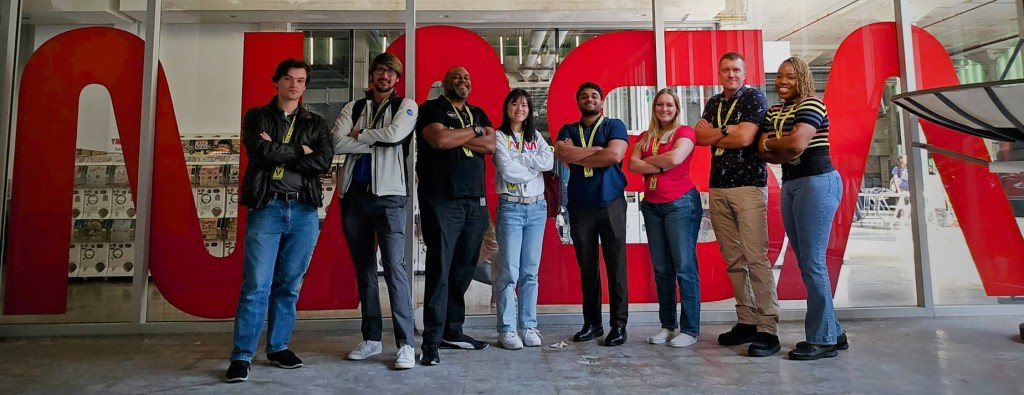
NASA Internship Programs
NASA offers students challenging projects and on-the-job experiences, building confidence, essential technical skills, and career readiness, all essential for the nation’s workforce.

App Development Challenge
The ADC is a coding challenge in which NASA presents technical problems to high school and community college students seeking student contributions to deep space exploration missions.

NASA Spacesuit User Interface Technologies for Students
NASA SUITS challenges undergraduate or graduate students to design and create spacesuit information displays within augmented reality (AR) environments.

Micro-g Neutral Buoyancy Experiment Design Teams
Undergraduate students design, build, and test a tool or device that addresses an authentic, current space exploration challenge.

NASA Student Launch
Student Launch is a 9-month long challenge that tasks student teams from across the U.S. to design, build, test, and launch a high-powered rocket carrying a scientific or engineering payload.
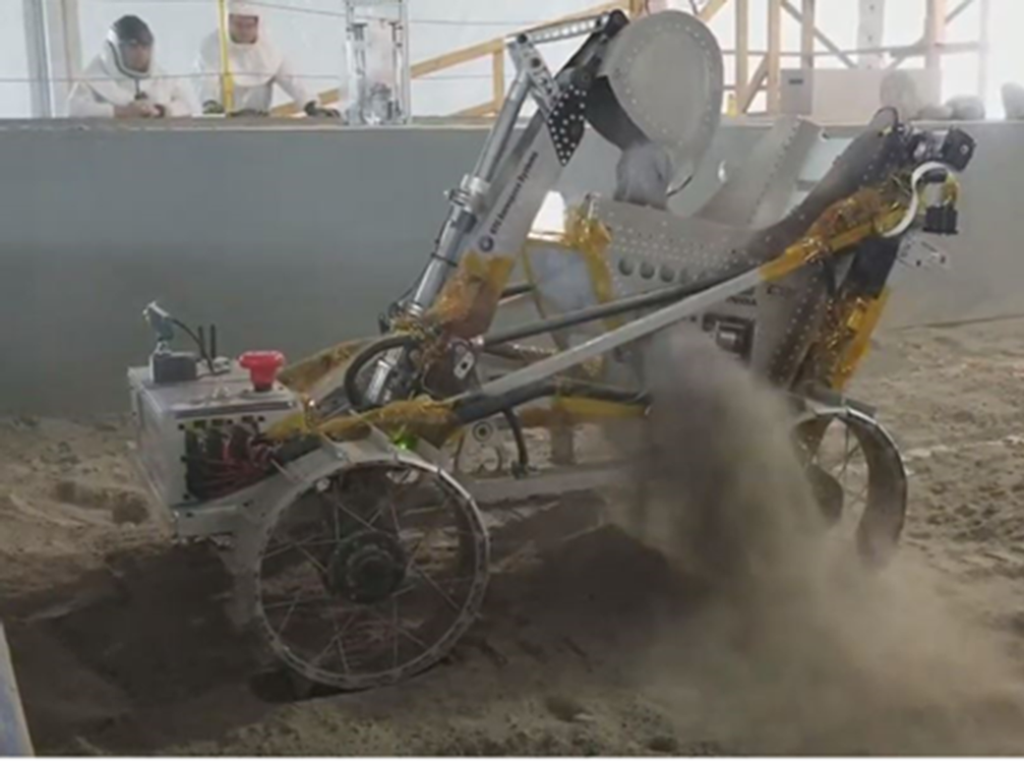
Lunabotics Challenge
University-level competition for teams to use the NASA systems engineering process to design, build, and operate a lunar robot.
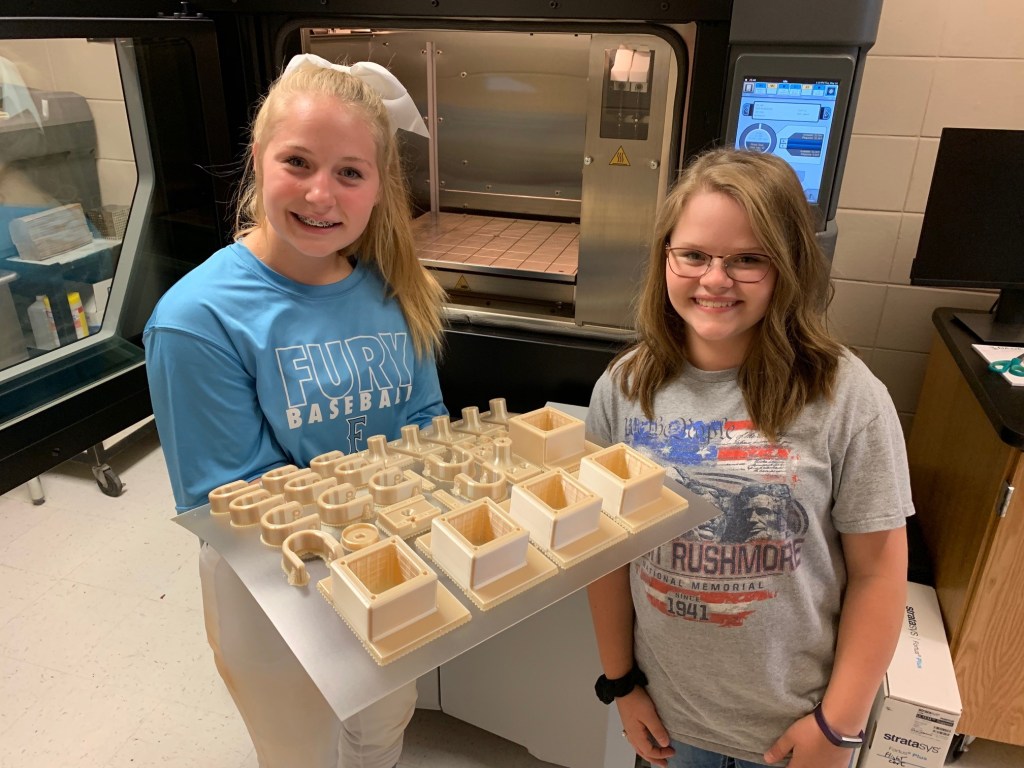
High Schools United with NASA to Create Hardware
The HUNCH mission is to empower and inspire students through a Project Based Learning program where high school students learn skills and have the opportunity to launch their careers through the participation in the design and fabrication of real world valued products for NASA.
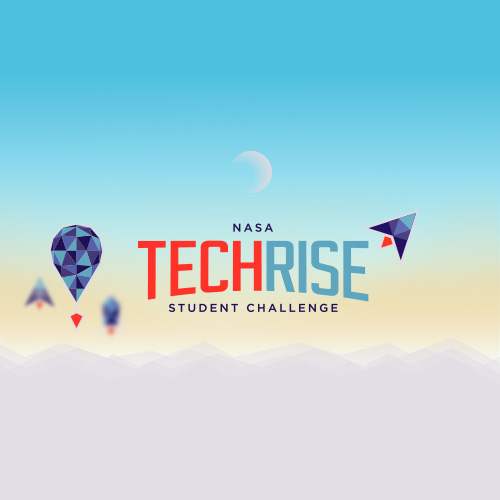
NASA TechRise Student Challenge
Students in grades 6-12 attending a U.S. public, private, or charter school – including those in U.S. territories – are challenged to team up with their schoolmates to design an experiment under the guidance of an educator. Teams can submit ideas for experiments to fly on a suborbital flight platform.
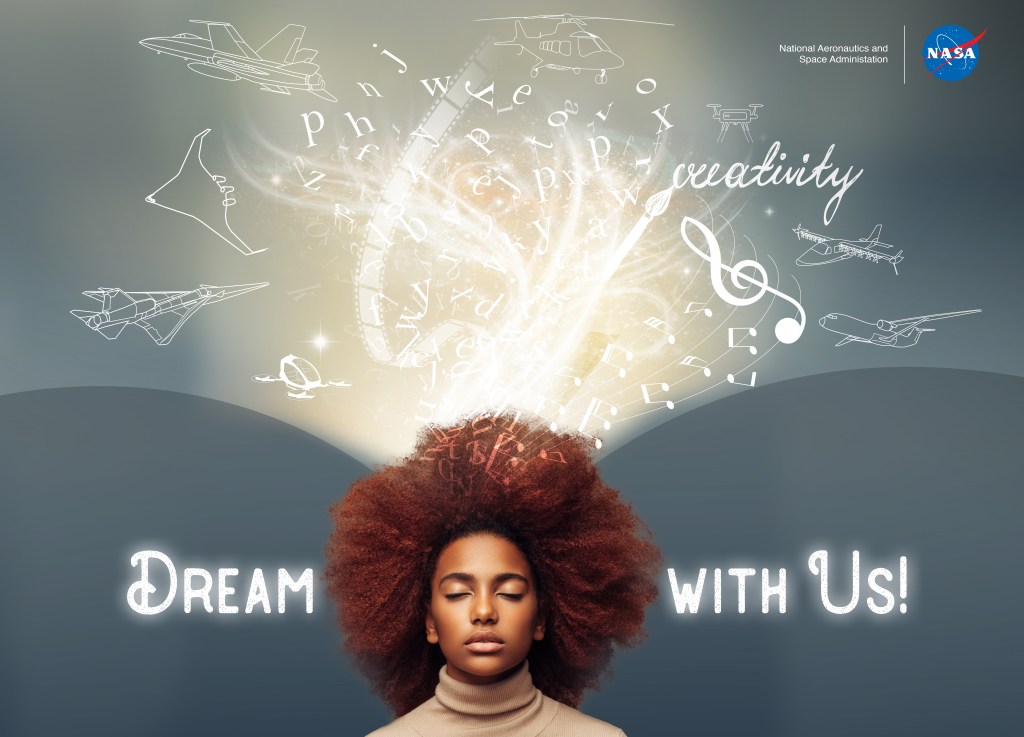
Dream with Us Design Challenge
Students in grades 6-12 are asked to dream of creative innovations for the future of aviation. They work to solve real-world issues that NASA Aeronautics is working on today to make aviation systems and technology safer, more sustainable, and more accessible to everyone. Students join this annual challenge for a chance to show NASA their visions for the future of flight.
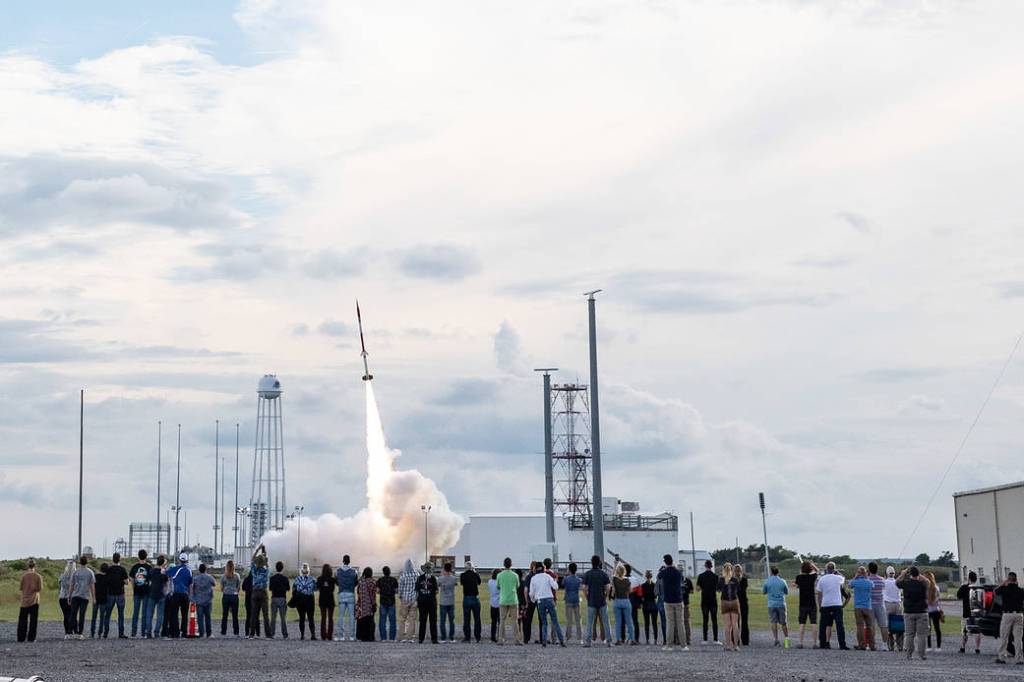
RockSat-C
RockSat-C is a program for students to design, build, and fly a sounding rocket experiment on a Terrier-Improved Orion sounding rocket. This is a competitive program and space on the rocket is limited. Depending on the available space, the most advanced payloads and well-prepared teams will be selected for flight.

Robotics Alliance Project
The Robotics Alliance Project actively supports national robotics competitions: Best Robotics, Botball Robotics, and the FIRST Robotics Competition. These competitions are available nationwide for teams of professionals and young people to solve an engineering design problem in an intense and competitive way.
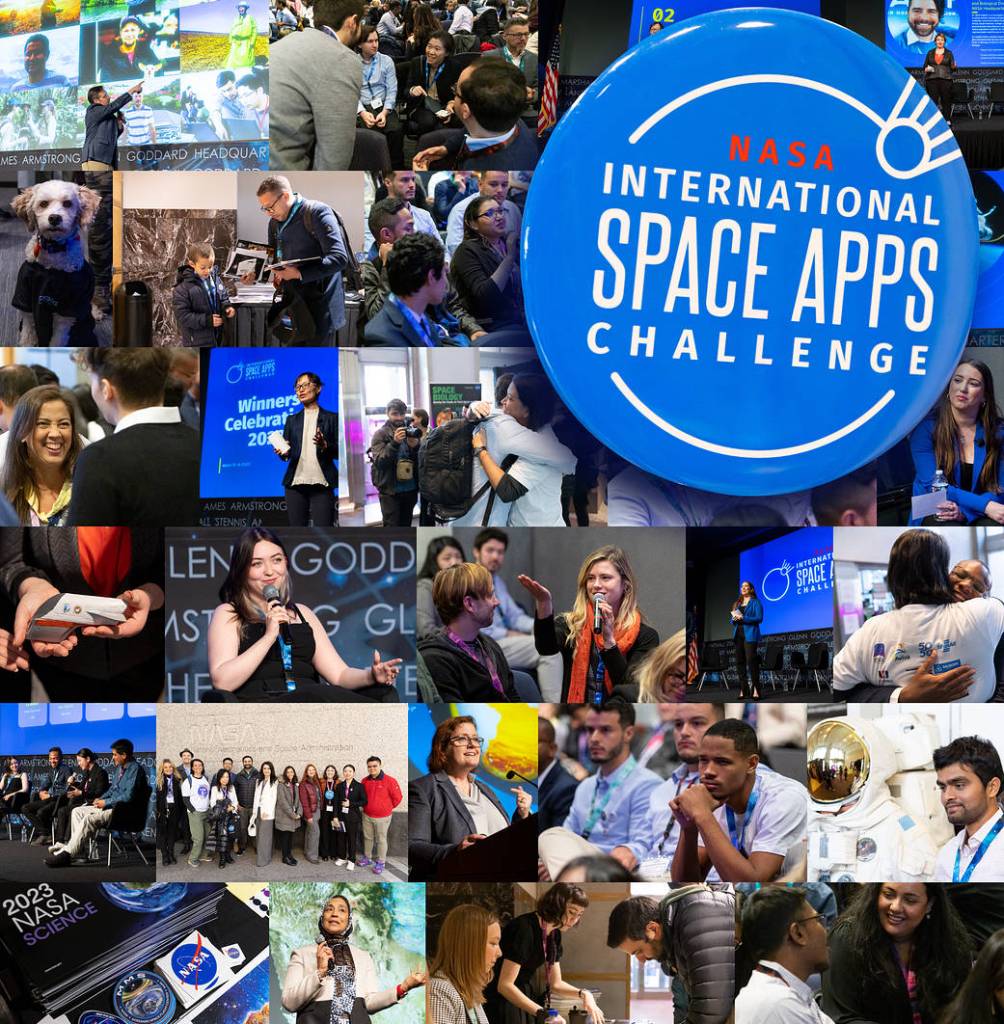
NASA International Space Apps Challenge
The NASA International Space Apps Challenge is a hackathon for coders, scientists, designers, storytellers, makers, technologists, and innovators around the world! All ages, skill levels, and professional backgrounds are welcome. At NASA Space Apps, there's always space for one more!
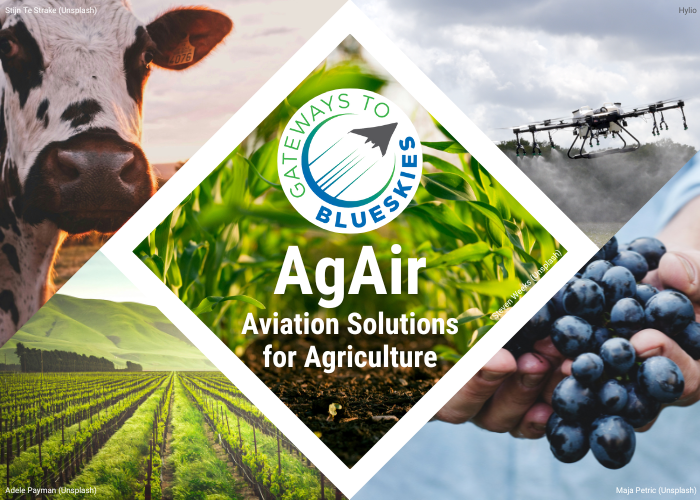
NASA'S Gateways to Blue Skies Competition
The Gateways to Blue Skies Competition expands engagement between universities and NASA’s University Innovation Project, industry, and government partners by providing an opportunity for multidisciplinary teams of students from all academic levels and majors to tackle significant climate-related challenges and opportunities that can be addressed by the aviation industry through a new project theme each year.
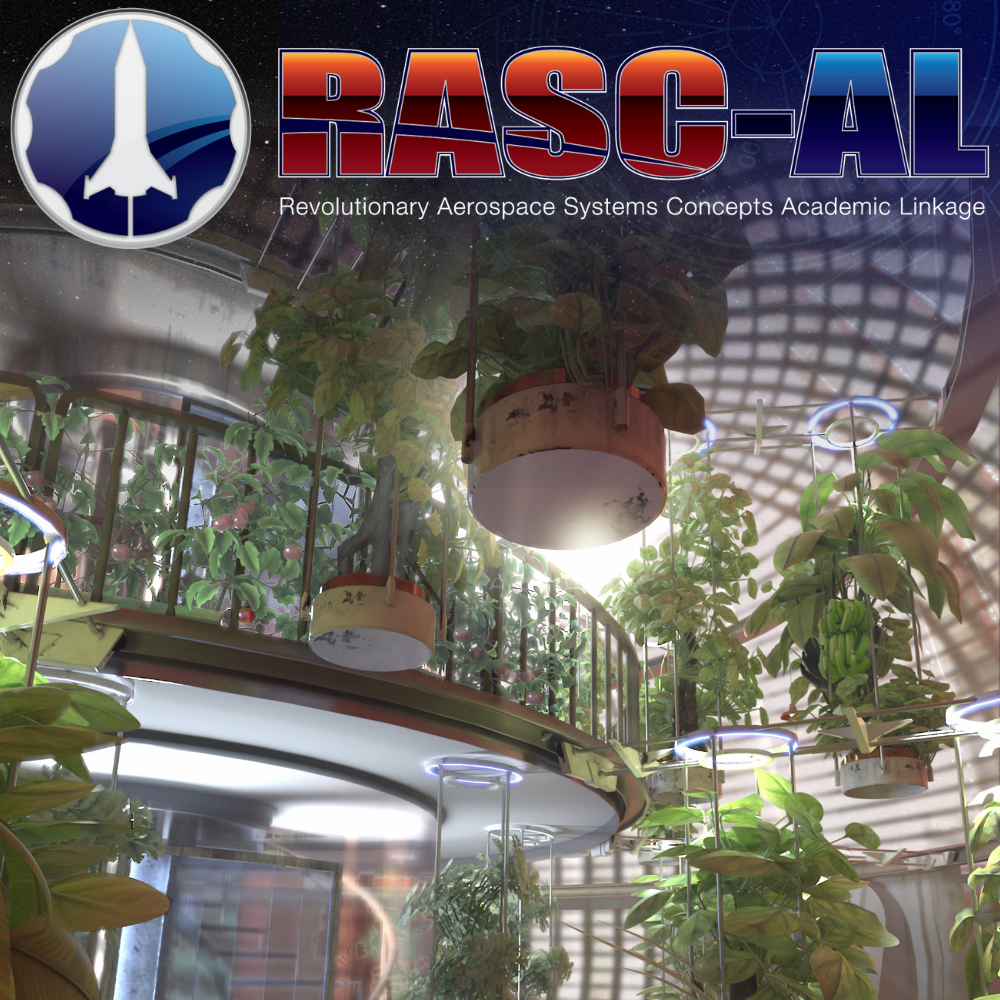
NASA Revolutionary Aerospace Systems Concepts – Academic Linkage (RASC-AL) competition
NASA is calling on the next generation of collegiate innovators to imagine bold new concepts pushing the boundaries of human exploration on the Moon, Mars, and beyond.

NASA Human Lander Challenge
Through this challenge, college students contribute to the advancement of HLS technologies, concepts, and approaches. Improvements in these technology areas have the potential to revolutionize NASA’s approach to space exploration, and contributions from the academic community are a valuable part of the journey to discovery.









